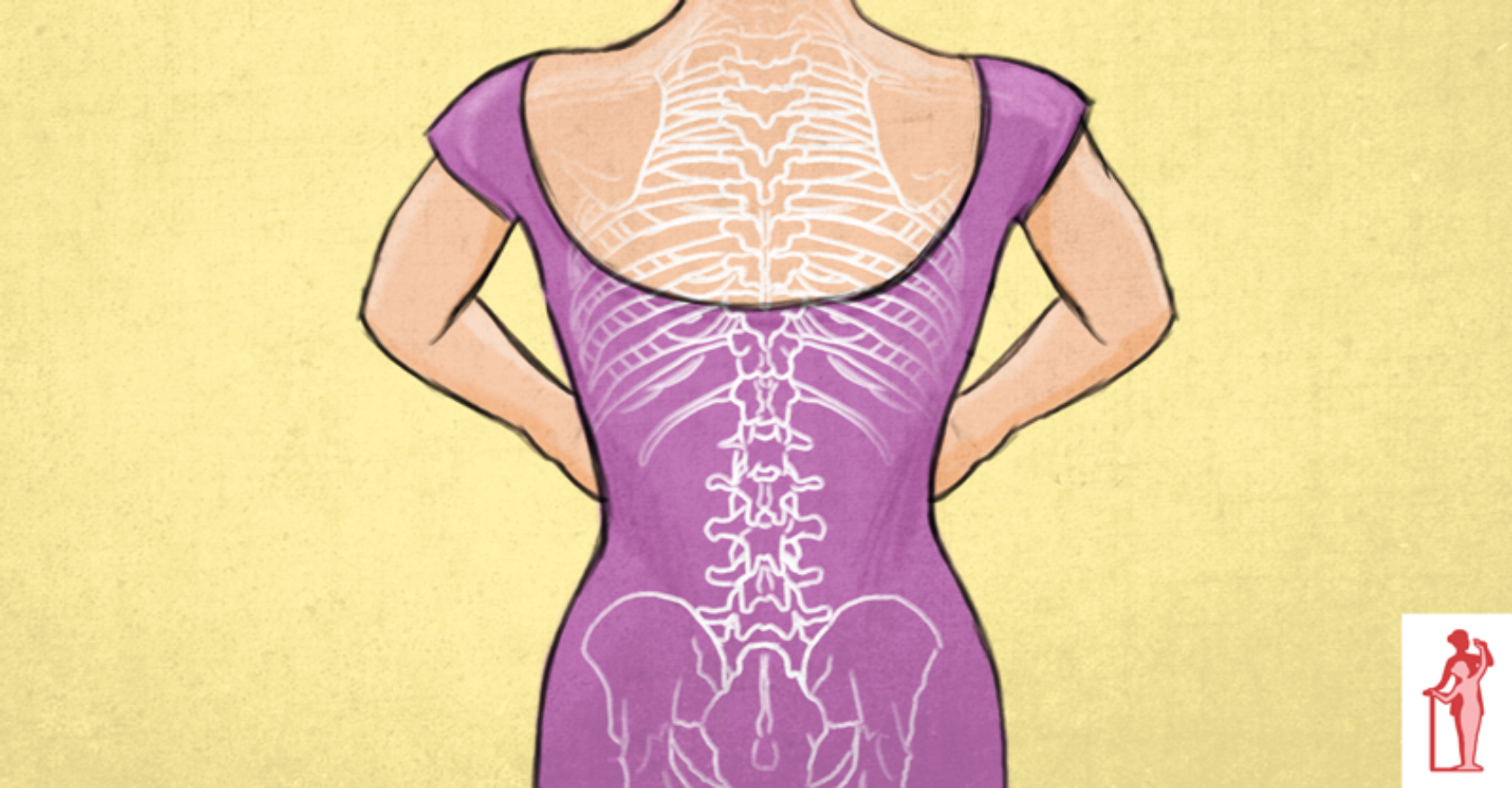
An
article by BBC News has recently been circulating regarding the high risk of undetected injury in ballet students if they have been taught by an unqualified teacher. This article speaks volumes because of the vast importance we believe teachers must place on safety and injury prevention. Ruth Brinkerhoff’s (certified RAD teacher)
ballet curriculum has proven to keep the students’ growth and developmental needs at the forefront of their ballet training.
Recognizing Injury in Ballet Students
If a student complains of pain in ballet class, very often the student has been slightly injured in
some other activity. In ordinary day to day activities and in sports or aerobics a person can make compensations in how they move in order to accommodate, or “favor” a slight injury. Even moderately severe injuries can go unnoticed in this way long enough to make the original cause almost impossible to figure out.
In ballet we must use our
movement range precisely, with
no adjustments or favoring of minor hurts. Any injury, however slight, will show up in ballet class even if it went unnoticed elsewhere. It is easy for ballet teachers to see why any small injury or bruising done elsewhere shows up in the ballet class rather than where it actually happened! Others, however, may find this explanation a bit difficult to accept.
Students and parents need to understand that you are a specialist in ballet, and have limited medical expertise. If they have questions about an injury from dance or sports, or any unexplained pain in class,
they should ask a physiotherapist, sports medicine doctor, family doctor, etc.
“If It Hurts, Don’t Do It”
In ballet, a good rule to give students is:
“if it hurts, don’t do it.” This can help prevent injuries from happening in class, and can prevent minor injuries incurred elsewhere from being made worse.
Pain is a danger signal our body sends us telling us to stop what we are doing before irreversible damage is done. Often we encourage our students to “push through”. While there can be some value in working through a particularly tiring or mentally challenging exercise, when the body screams “Pain!”, we must teach our students to
listen.
Students complaining of pain while doing ballet work, especially at the barre, should sit out the class, and take notes on what is done in class.
Preventing Injuries In Class
- Proper skeletal alignment for each individual is very important. Be as exact as is reasonable and possible.
- Warming up and barre work needs to be at the dancer’s practice level. Using higher levels can cause injuries.
- Recognize each dancer’s fatigue level. Tired muscles cannot maintain correct alignment, and cannot cushion the dancer very well in allegro.
- Use each dancer’s individual ability for turning out — no forcing.
- No sway backs. Feel a lengthening of the body, a “pulling up”, to encourage greater flexibility and range of movement.
- Use no stress producing postures or exercises; no forced or held flexibility positions. Be patient. Remember that pain indicates some injury at the cell level. Injured structures heal with a resistance to flexibility, not an increase of it as some seem to think.
- Proper nutrition, and sufficient rest are an important part of the dancer’s preparation for the profession. Without these things, the dancer cannot do their best in class or performance.
One of the primary roles teachers play in teaching is protecting our students growing bodies and giving them a bright future. Don’t ignore the body’s natural development and structural limitations in the growing years. What a shame for any student to have to cut their career short due to an injury that could have been prevented. Give your ballet students the chance they deserve at excellence!
Related Articles:

Related
 An article by BBC News has recently been circulating regarding the high risk of undetected injury in ballet students if they have been taught by an unqualified teacher. This article speaks volumes because of the vast importance we believe teachers must place on safety and injury prevention. Ruth Brinkerhoff’s (certified RAD teacher) ballet curriculum has proven to keep the students’ growth and developmental needs at the forefront of their ballet training.
An article by BBC News has recently been circulating regarding the high risk of undetected injury in ballet students if they have been taught by an unqualified teacher. This article speaks volumes because of the vast importance we believe teachers must place on safety and injury prevention. Ruth Brinkerhoff’s (certified RAD teacher) ballet curriculum has proven to keep the students’ growth and developmental needs at the forefront of their ballet training.


Comments
Anneke says
I just bought level 1 suite, and I'm exited about the curriculum, but the music is already driving me crazy. The dull keyboard music is depressing and very repetitive. I hope all the other levels are not sounding like the 1st.
Add Comment